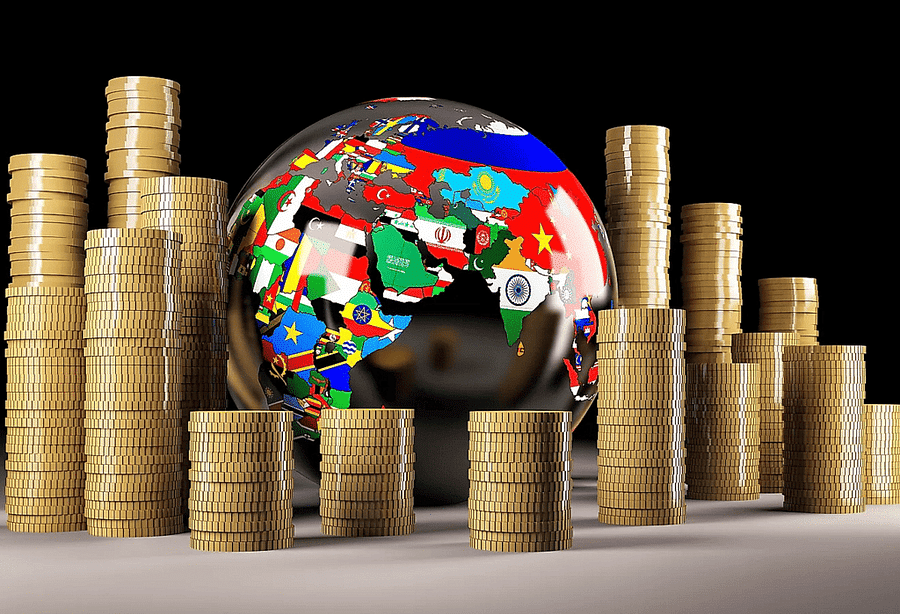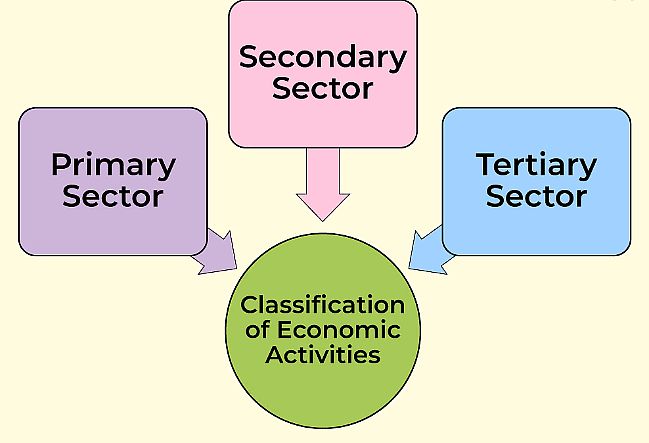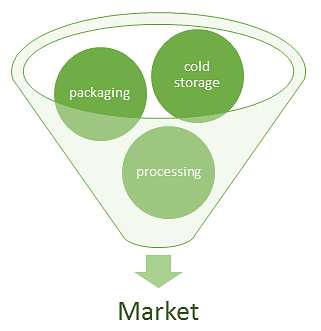Chapter 12 Grassroots Democracy Part 3 Local Government in Urban Areas Notes & Summary
November 5, 2024Chapter 14 Economic Activities Around Us Notes & Summary
November 5, 2024Introduction
In our daily lives, we engage in various activities that can be broadly categorized into economic and non-economic activities. Understanding these categories helps us appreciate how different actions contribute to our personal lives and society as a whole.
Economic Activities
Economic activities are those that involve the production, distribution, and consumption of goods and services for monetary exchange. These activities create wealth and provide financial benefits to individuals and the community.

Characteristics of Economic Activities
- Monetary Value: Economic activities involve transactions where money is exchanged for goods or services. For example, Geeta Aunty, who works as a pilot in the Indian Air Force, receives a salary for her services.
- Production of Goods: This includes activities that produce tangible items, like farmers growing crops or workers in a car manufacturing factory.
- Provision of Services: Services like those provided by doctors, lawyers, teachers, and shopkeepers. Kabir’s parents running a uniform shop is an example of providing goods and services.
- Employment and Income: Economic activities provide employment and generate income. Rohan, Anu’s brother, works as a software engineer and earns a salary for his work.
Types of Economic Activities

- Primary Sector: Involves extraction and production of natural resources, such as farming, mining, and fishing.
- Secondary Sector: Involves manufacturing and construction. For example, Rajesh, Kavya’s father, who is a carpenter making furniture.
- Tertiary Sector: Involves services like transportation, banking, education, and retail. Kavya’s aunt working at the village post office is part of this sector.
Fun Fact
Market: A place where goods and services are bought and sold. Markets can be physical, like a farmer’s market, or digital, like online shopping platforms.
Try yourself:
Which sector involves activities like farming, mining, and fishing?
A.
Primary Sector
Correct Answer
B.
Secondary Sector
C.
Tertiary Sector
D.
Quaternary Sector
Explanation
– The primary sector involves the extraction and production of natural resources like farming, mining, and fishing.
Report a problem
Non-Economic Activities
Non-economic activities are those that do not involve monetary transactions. They are often driven by love, care, compassion, and a sense of community. These activities do not generate income but are crucial for personal and societal well-being.

Characteristics of Non-Economic Activities
- No Monetary Exchange: These activities are not performed for money. For example, Kabir’s grandfather teaching Geography to neighborhood kids for free.
- Social and Emotional Value: Non-economic activities often fulfill social, emotional, and psychological needs. Parents cooking food for their family is an act of love and care.
- Volunteerism: Many non-economic activities involve volunteering. Rohan volunteering to teach computer skills on weekends is an example.
- Community Service: Activities that contribute to community welfare, like participating in cleanliness drives or tree planting events. The Swachh Bharat Abhiyan is an example of community service.
Importance of Non-Economic Activities
- Personal Satisfaction: Engaging in non-economic activities can provide a sense of fulfillment and happiness.
- Community Building: These activities strengthen community bonds and promote social cohesion.
- Cultural Preservation: Non-economic activities often help in preserving cultural practices and traditions, such as celebrating festivals together.
Fun Fact
Sevā: In many Indian cultures, sevā refers to selfless service. It is seen in practices like langars in gurudwaras, where free food is served to everyone.
Value Addition in Economic Activities
Economic activities add value at each stage of production and distribution. This process is known as value addition.

Example of Value Addition
Rajesh buys wood for ₹600 and uses his carpentry skills to make a chair, which he sells for ₹1,000. The ₹400 difference represents the value of Rajesh’s skill, time, and effort.
Try yourself:
Which of the following characteristics best describes non-economic activities?
A.
Involvement of monetary transactions
B.
Driven by love, care, and compassion
Correct Answer
C.
Generate income
D.
Focus on profit-making
Explanation
– Non-economic activities are driven by motives such as love, care, compassion, and a sense of community rather than monetary gain.
– These activities do not involve monetary transactions but focus on personal and societal well-being.
Report a problem
Conclusion
Understanding the distinction between economic and non-economic activities helps us appreciate the diverse ways in which individuals and communities function. Economic activities are essential for financial stability and growth, while non-economic activities play a vital role in emotional and social well-being. Both types of activities are integral to a balanced and fulfilling life.

